Corey Lee is the owner and head chef of Benu, which opened in 2010 and has held two Michelin stars since 2012. Mr Lee was previously chef de cuisine at The French Laundry. Before that he had also worked at Per Se, Daniel, Lespinasse, and in Paris at Guy Savoy and Alain Senderens, as well as having cooked for a time in London at Pied a Terre and the Savoy Grill. Benu is situated in a quiet street in the South of Market Area (SoMa) of the city. You can see into the kitchen from the street, the restaurant entrance via a little courtyard next to this.
The dining room can seat around 60 diners, the tables well spaced, the room plainly decorated. Music plays in the background (on the night that I visited vintage pop music such as The Pretenders and Carole King was piped through) but the room is carpeted so the noise level is low. The restaurant offers a single tasting menu, priced at $195 (£116).
The wine list had around 350 labels. The wine list ranged in price for $40 to $3,750 and went beyond the usual lists of high end French and California wines. It had almost two dozen German Rieslings for example, and an even broader selection of Austrian whites. Examples were JJ Prum Graacher Himmelreich Kabinett 2008 at $85 for a wine that you can find in a shop for around $31, Veyder-Malberg Hochrain Gruner Veltliner 2011 at $145 compared to a retail price of around $42 and Rochioli Pinot Noir 2011 at $205 for a wine that retails at $78. Successful Silicon Valley entrepreneurs can splash out on Screaming Eagle Cabernet Sauvignon 2004 at $3,750 for a wine that will set you back $2,801 to purchase in a wine shop. I drank the lovely Kistler McCrea Chardonnay 2011, priced at $185 compared to a retail price of $119, should you be able to find it. The deeply knowledgeable and friendly sommelier, Yoon Ha, is a qualified Master Sommelier. If you watch the documentary "Somm" you will see that this is no mean feat, there being only around 200 people in the world who have passed this challenging exam.
The meal began with a "thousand year old" quail egg with ginger and a potage of cabbage, cream and bacon. This dish, its name a nod to the Chinese preserved egg dish of the same name, is prepared by pickling the egg in a solution of lye for a month rather the traditional way of making it, which is to bury it in the ground in a saline solution. The end result was very good, with the comforting potage nicely balancing the slight sourness of the egg (17/20).
Abalone, which in this case is a farmed shellfish from the Big Island on Hawaii, was prepared by braising in kombu for 18 hours to soften it, served on a jelly of toasted grains. This was pleasant but not quite of the calibre of abalone that I have eaten in Japan (16/20).
Next was eel in a cylinder of feuille de brick (a thin sheet pastry) served with creme fraiche flavoured with lime zest. The latter has a nice citrus freshness, but the eel had a slightly stringy texture within its good quality pastry case (15/20). Better was caramelised anchovy with peanut purée served on a little branch of celery. This had lovely flavour, the earthiness of the celery working really well with the anchovy (18/20).
This was followed by sunflower tofu, which had excellent texture and a delicate sunflower flavour (16/20). A slice of XO sausage came topped with basil curd, and had very deep meaty flavour, the basil working well with it (16/20). I really enjoyed a delicate "beggar's purse" made from acorn flour, which concealed Iberico ham and truffle. As well as tasting great, the pork and truffle superbly balanced, I liked the witty connection of using truffle, which grows around oak trees, with the acorn flour (18/20).
Salt and pepper squid arrived on a cracker coloured with squid ink, the cracker having good texture, the squid tender and lifted by a touch of spice (17/20). Shrimp that was wrapped in jellyfish and then fried came with creme fraiche and chive, caviar and confit lemon zest. The shrimp had excellent sweetness, the lemon bringing some freshness to the dish (17/20).
At this stage some bread appeared, slices of ginseng-infused grain bread slices served with butter and orange blossom honey. This was very nicely made, with good texture (17/20).
Soup of wild bamboo with fungi shoots, cabbage and chicken had accurate seasoning, the hint of spice nicely lifting the dish (17/20). Crispy horse mackerel with egg plant and yuzu was impressive, the tempura very delicate, the horse mackerel having plenty of flavour and the citrus balancing the natural oiliness of the fish (18/20). Shad roe wrapped in bacon came with horseradish and spring vegetables including tender baby broad beans. This was fine, the beans genuinely good, but the overall effect was very salty, even to my taste (16/20).
Terrine of pig's head came with lentils flavored with miso, the terrine having plenty of pork flavour, the miso working nicely with it (17/20). Next was lobster xiao long bao, a luxury take on the popular dim sum dish made famous by the restaurant chain Din Tai Fung. Here lobster stock jelly is placed inside the dumpling parcel, the jelly melting when cooked and so providing a liquid centre to the dumpling. This was very enjoyable, served with a fruit beer (17/20).
A tiny sea bream was steamed and served with aged tangerine peel. This was the only savoury dish of the meal that seemed a little flawed to me, the cooking process managing to cause the texture of the fish to become too soft, though the garnish was fine (14/20). Sea cucumber stuffed with shrimp and perilla (shiso) came with a fermented pepper sauce. The latter brought a pleasing spiciness to the dish (16/20).
Roast quail came with fermented Chinese lam kok olive, dandelion, walnut and hot mustard. The quail had good flavour and I thought the walnut worked well, though for me a little more of the mustard would have been even better (17/20). Short rib beef (from Brandt Farms in Brawley, California) was braised in pear juice and garnished with oyster plants, the beef having nice flavour but had become just a touch too soft in texture for me (16/20).
"Shark fin" soup was actually made from soy and a jelling agent to simulate the texture of shark fin, served with Dungeness crab and Jinhua ham custard (a dried ham from the city of that name in China). The crab had very good flavour, the texture interesting (17/20).
A pre dessert of sake lees sherbet, strawberry and nasturtium was refreshing, the strawberries having plenty of flavour (17/20). I much preferred this to fresh and dried yuba (milk skin), white chocolate and almond. This was made well enough, but given the vast possibilities open to a pastry chef is this really the best that they can come up with? Picture the scene: a prisoner on death row is offered his "last request" meal and can have any dessert in the world. He ponders the glories of French pastry for a time, savouring the possibilities of lemon tart and raspberry souffle, and then murmurs: “Ah, some milk skin please”. No? Me neither (14/20). Coffee was very good indeed, roasted by a company called Lamill in California, rich and full flavoured. This came with a pair of chocolates, one flavoured with miso and the other with walnut.
Service was superb throughout the evening, every waiter knowledgable about the dishes, the food arriving at a steady pace, the topping up of wine and water faultless. The bill came to $424 (£252) before tip, though this was with an excellent bottle of wine for myself. If you shared a more modest bottle then your bill, all in with coffee and tip, would come to perhaps £170 a head. This is hardly cheap, but there is clearly a great deal of work and skill that goes into the cooking here.



























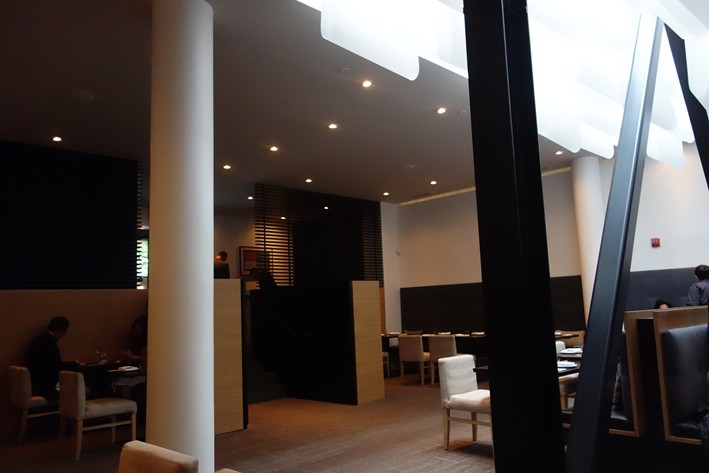
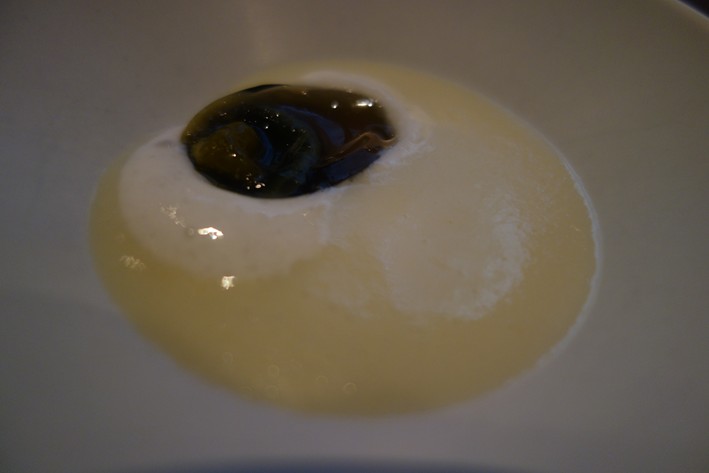


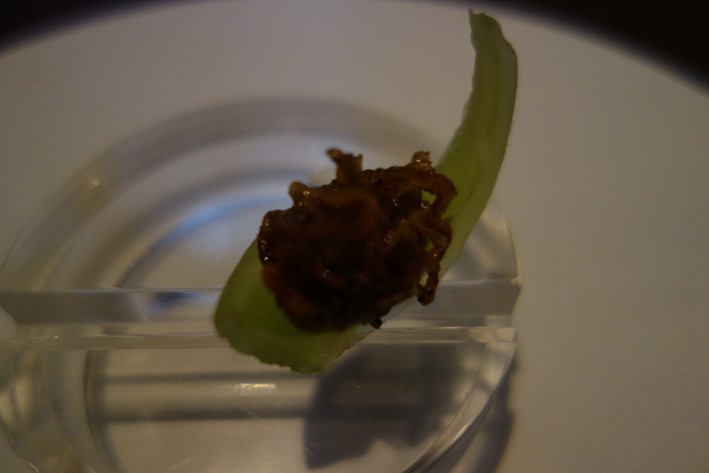
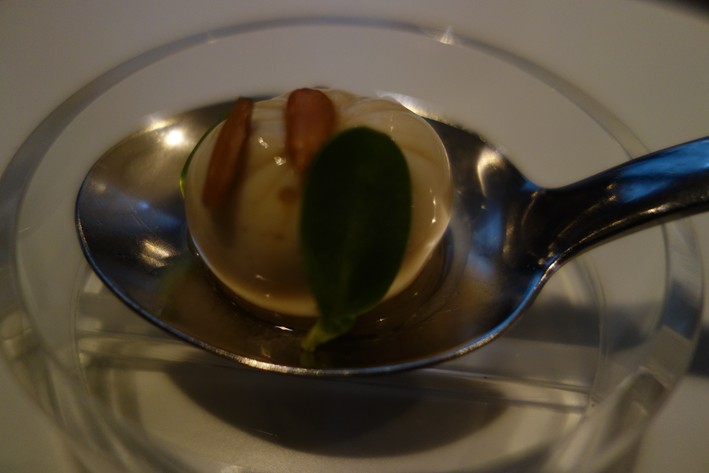

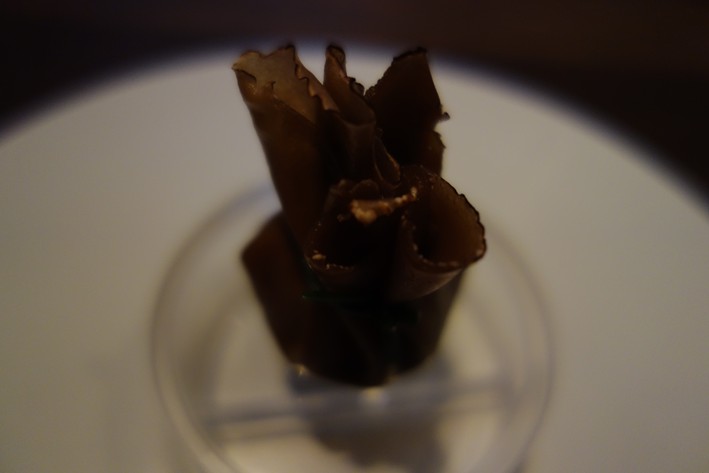

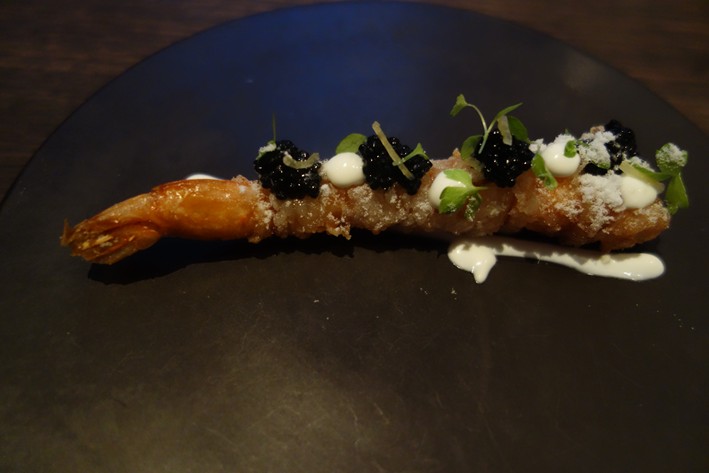
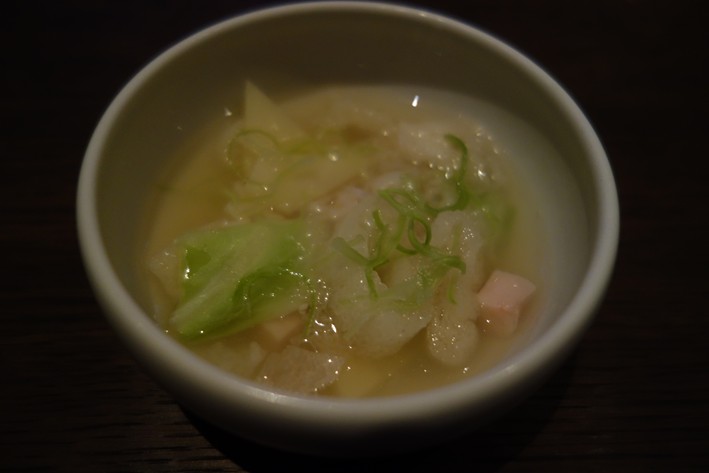
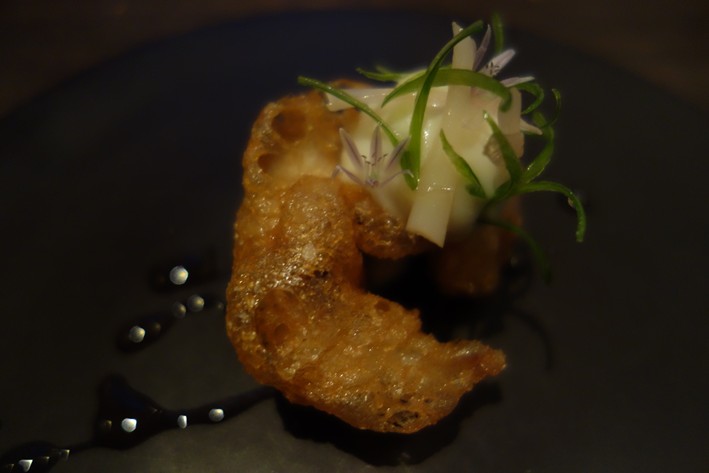
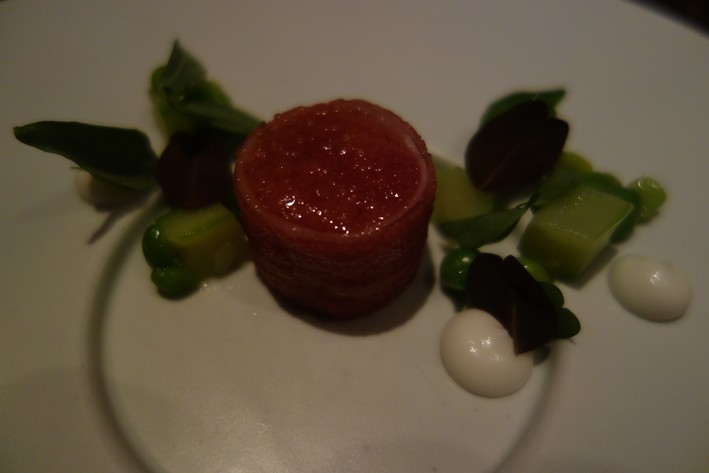
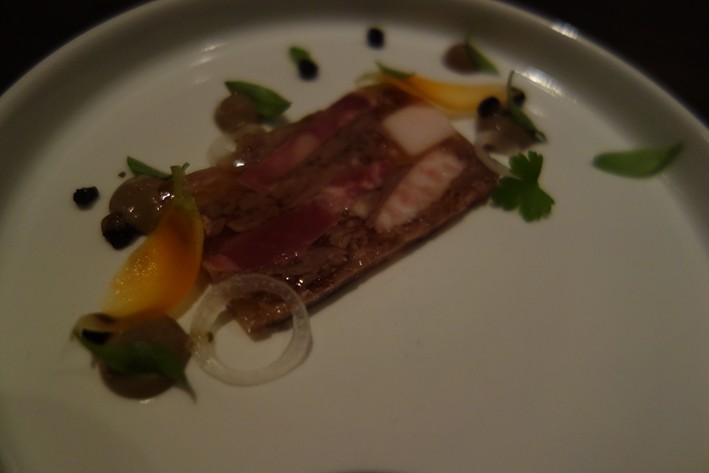
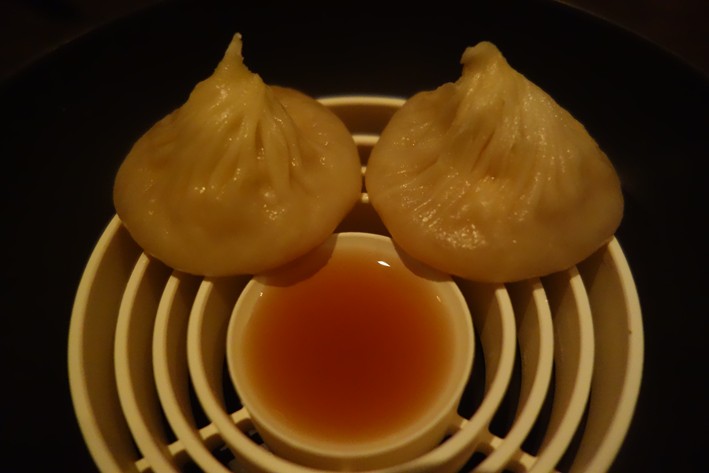
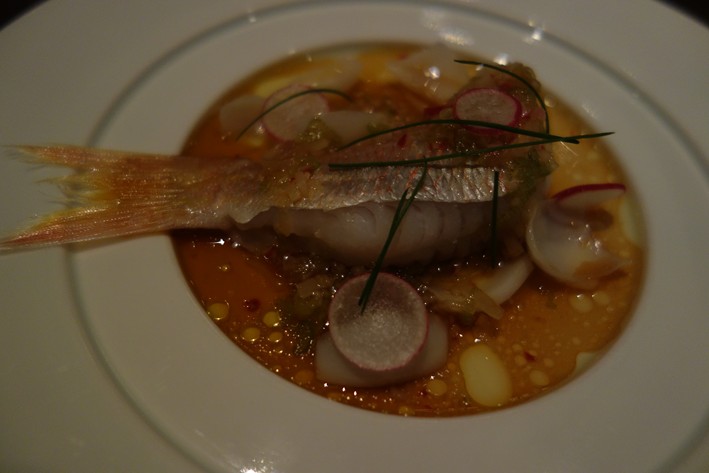
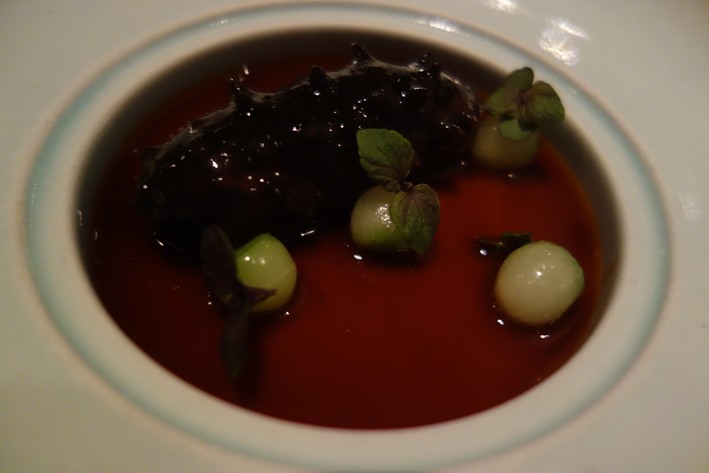
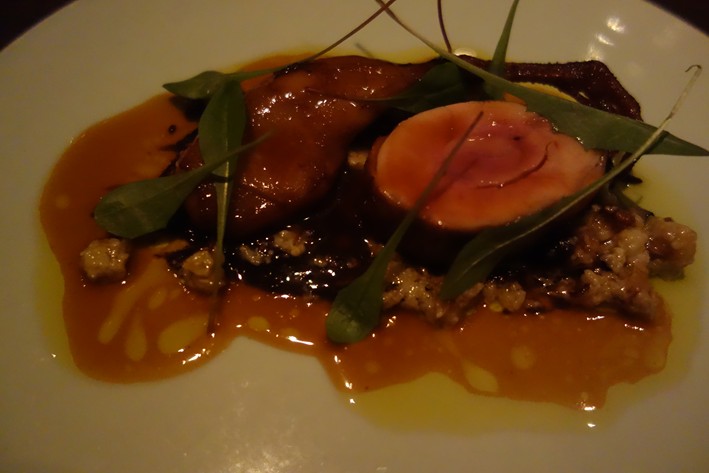
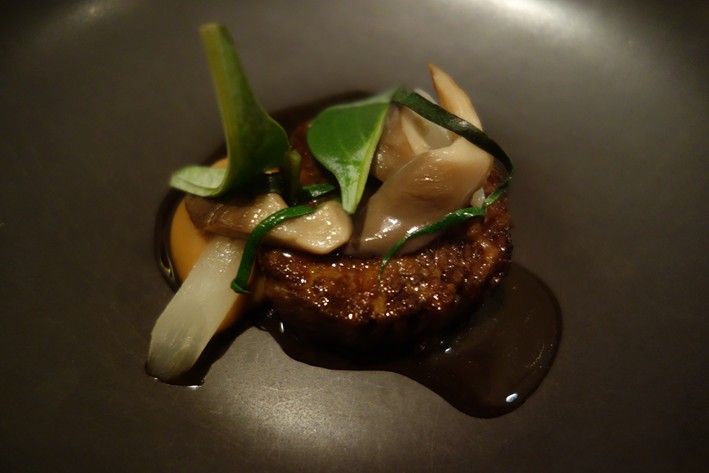
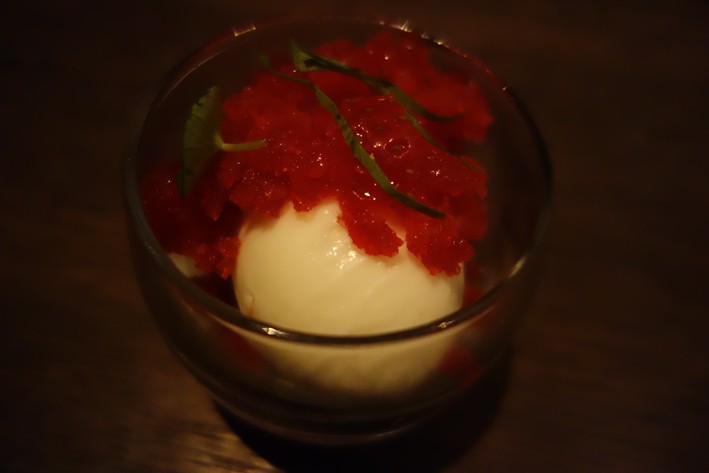
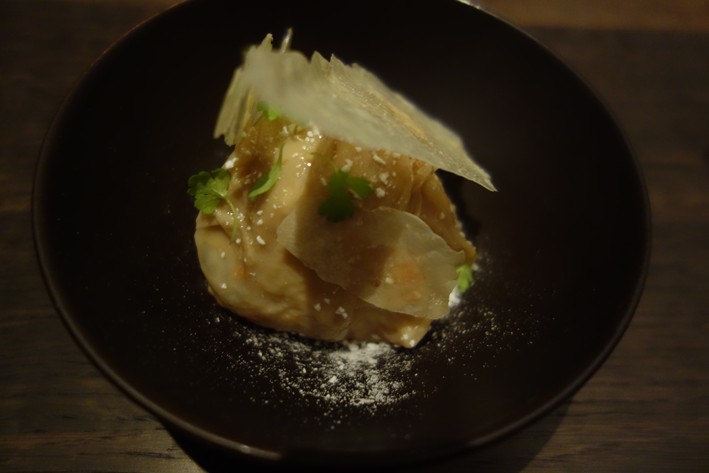
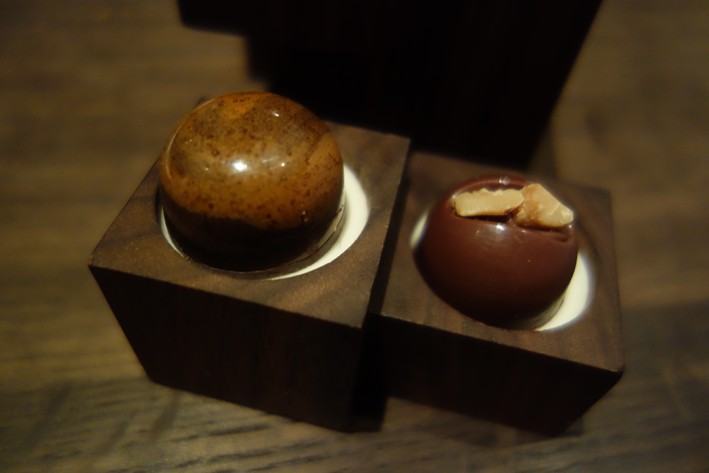

colin mcquade
Benu was my first experience of American fine dining, and to say it left me feeling ripped off would be an understatement. We had eighteen courses in 2 hours exactly often they where waiting on the plate before you had finished Ive never been so rushed, being honest it should have been a four hour meal.I would say benu is no more than a good one star restaurant the bread being the best course which to me isn't right.